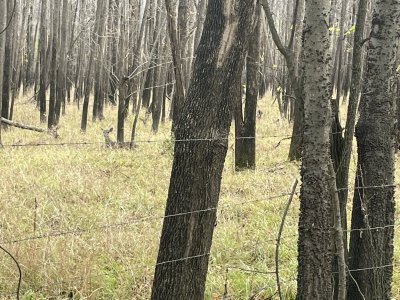Brian662
5 year old buck +
A few of the threads going right now on this forum have gotten me thinking about the vast differences between habitat strategies in northern climates vs southern climates. For example; ERC invasive or not? Variety of switchgrass used and height? Maybe the biggest one, is to run fire through timber or not? Food plot strategies? Managing habitat for hogs?
These are all things that are important questions for the habitat manager to answer, but many of them are regional answers. I always find it best if somebody has listed in their profile or in the thread what area of the country they are in so we can all give appropriate responses based on our own experiences.
What are some habitat management philosophical differences you've seen between northern climates and Southern climates? Where is the "line" that those management differences would stop being effective in your opinion?
These are all things that are important questions for the habitat manager to answer, but many of them are regional answers. I always find it best if somebody has listed in their profile or in the thread what area of the country they are in so we can all give appropriate responses based on our own experiences.
What are some habitat management philosophical differences you've seen between northern climates and Southern climates? Where is the "line" that those management differences would stop being effective in your opinion?
